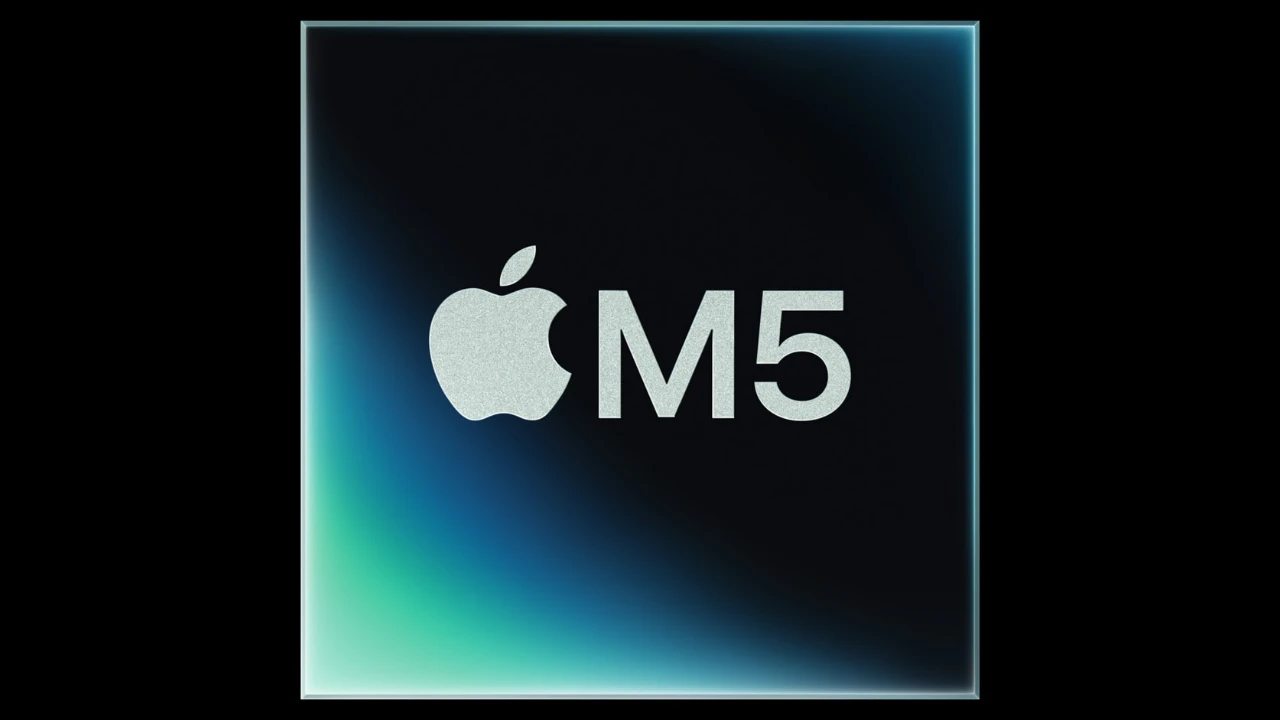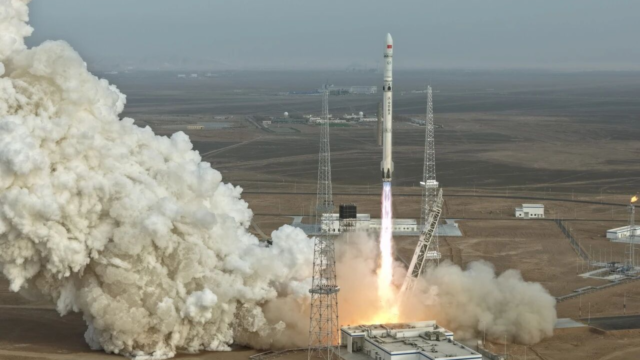Apple has made a major leap forward in AI performance with the M5 chip. Built on third-generation 3-nanometer technology, the M5 stands out with its 10-core GPU, Neural Accelerators, and faster CPU. Used in the MacBook Pro, iPad Pro, and Apple Vision Pro, this chip delivers four times faster GPU performance. The M5, which also boasts 153 GB/s bandwidth, is available for pre-order today.
A leap forward in AI with the M5 chip
The M5 chip revolutionizes AI workloads with its 10-core GPU with Neural Accelerators on each core. It delivers four times the GPU computational performance compared to the M4 and six times the M1. This makes it ideal for running diffusion models in applications like Draw Things. It is also ideal for using native language models in webAI platforms. Furthermore, the 16-core Neural Engine powers Apple Intelligence features with its energy efficiency.

The M5’s next-generation GPU also revolutionizes graphics performance. It delivers 30% faster graphics performance than the M4 and 2.5 times faster than the M1. Its third-generation ray tracing engine delivers smoother gameplay and more realistic visuals in games like Cyberpunk 2077. Apple Vision Pro, on the other hand, has 10% more pixel processing on micro-OLED displays. Its 120Hz refresh rate also delivers sharper images.
The M5 boasts the world’s fastest CPU core. Its 10-core architecture (6 efficiency, 4 performance cores) delivers 15% faster multi-threading performance compared to the M4. Its 153GB/s combined memory bandwidth is a 30% increase over the previous generation. This ensures a seamless experience when using applications like Adobe Photoshop and Final Cut Pro simultaneously. It also provides a seamless experience when uploading large files to the cloud.
The M5’s 16-core Neural Engine makes Apple Intelligence faster and more efficient. For example, tools like Image Playground run faster. Features like converting 2D photos to 3D scenes in Vision Pro are accelerated. Developers can optimize their applications by directly leveraging Neural Accelerators with Tensor APIs in Metal 4.
As part of the Apple 2030 plan, the M5 chip stands out for its energy efficiency. The MacBook Pro, iPad Pro, and Apple Vision Pro contribute to Apple’s carbon neutrality goal by consuming less energy. The materials used in the chip’s production reduce electricity and transportation emissions, thus minimizing environmental impact.
So, what does the world’s fastest and most powerful tablet offer?
So, what are your thoughts on the new Apple devices powered by the M5 chip?













